The Pennsylvania Archaeological Site Survey (PASS) is the Commonwealth’s inventory of recorded archaeological sites. Continue reading
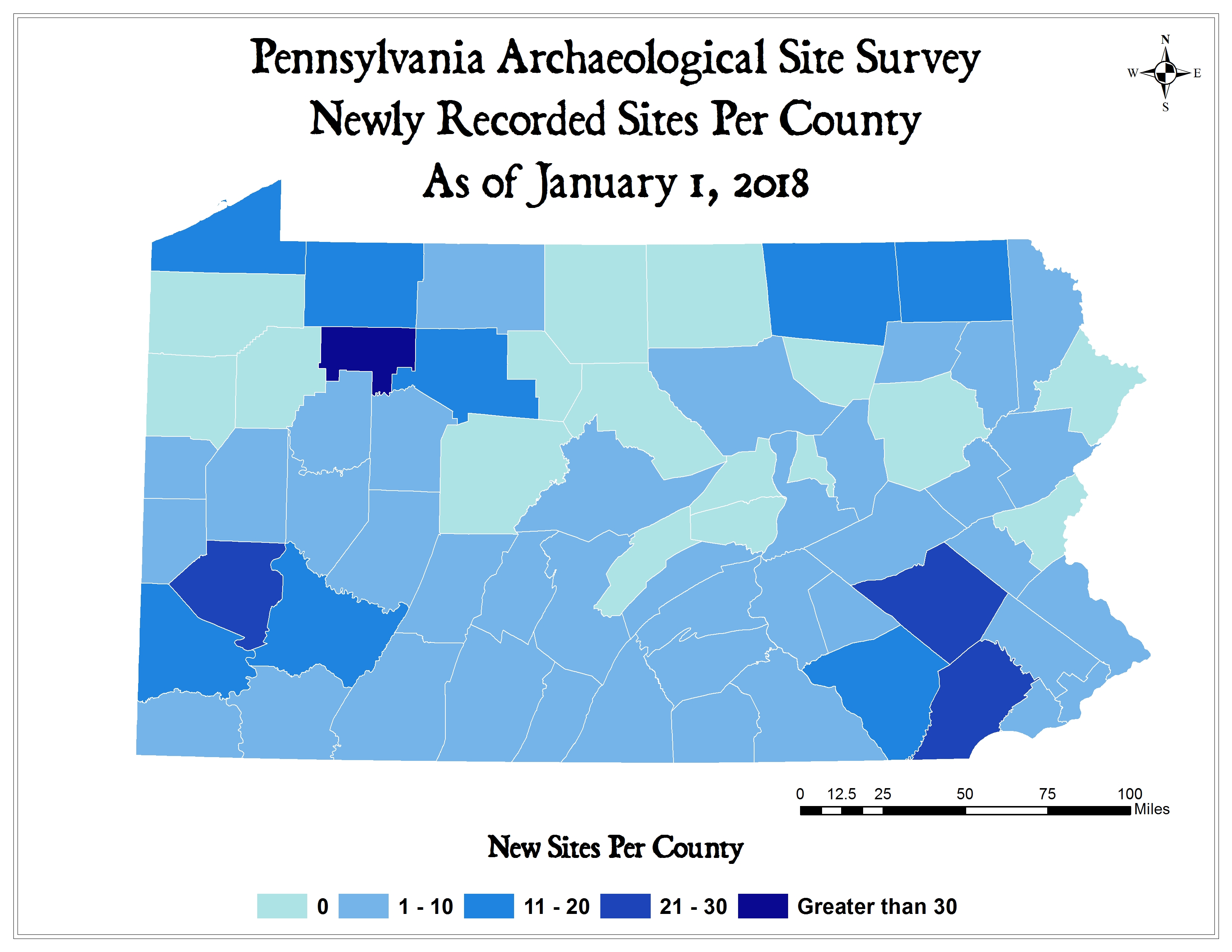
Blog of the Pennsylvania State Historic Preservation Office

The Pennsylvania Archaeological Site Survey (PASS) is the Commonwealth’s inventory of recorded archaeological sites. Continue reading
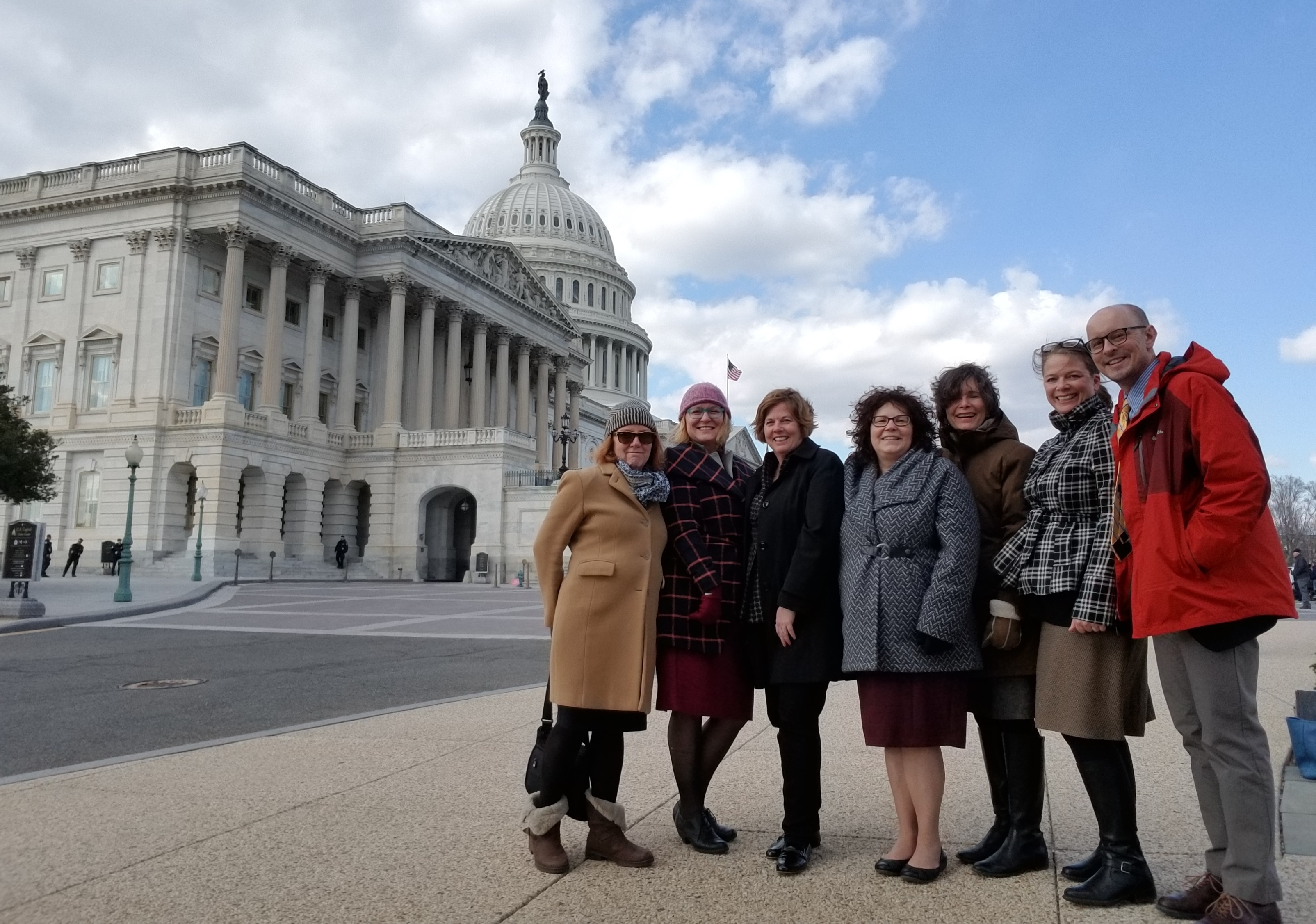
Every year in March, State Historic Preservation offices and preservation advocates from across the country travel to Washington, D.C. for National Historic Preservation Advocacy Week. The Pennsylvania delegation was there to be a part of it.
What is Advocacy Week?
Advocacy Week, as you may recall from this post and this post, is one of big preservation events of the year. Preservation Action and the National Conference of State Historic Preservation Officers (NCSHPO) organize Advocacy Week each year, bringing over 250 preservationists to Washington, DC to promote sound federal preservation policy and programs. The first day of Advocacy Week typically includes in-depth training, policy briefings, and forums from an array of preservation and policy professionals. The second day is when things really start to get fun!

Preservation Advocacy Week logo.
Pennsylvania’s Delegation
This year’s PA SHPO team included me, Andrea MacDonald, and Cory Kegerise. Executive Director Mindy Crawford and Board member Sandy Rosenberg joined us from Preservation PA. Brenda Barrett, a long-time Advocacy Week attendee and editor of the Living Landscape Observer, and Cindy Hamilton, representing the Historic Tax Credit Coalition, also joined the group.

PA’s delegation in March 2018. From left: Brenda Barrett, Andrea MacDonald, Cindy Hamilton, Mindy Crawford, Sandy Rosenberg, me, and Cory Kegerise.
Walking Capitol Hill
The second day of Advocacy Week is devoted to visits with Pennsylvania’s Representatives and Senators. We weren’t quite sure how this year would go given the number of Congressman retiring this year and the uncertainly of the new congressional district map. Divided into three teams, we met with staff from 13 offices (12 Representatives and 1 Senator) and walked miles (not really, but it felt like it!) in the tunnels between the Cannon, Longworth, and Rayburn House Office Buildings and across the Hill to the Russell Senate Office Building.
I am happy to report that all of our visits were a huge success! We had the chance to meet with new staff and old friends to talk about historic preservation and why it matters.
So what happens at these meetings?
The meetings are typically 15 minutes long and can happen anywhere – in a Congressman’s office or the hallway. Our goal is always to create more awareness and, if we’re lucky, a new relationship. We provide a folder of information for the meeting, which includes the “Your Guide to the PA State Historic Preservation Office,” information sheets on preservation programs and issues, and our contact information. This year, we were also able to give the people we met with an on-the-spot thank you card for taking the time to meet with us.
Videos steal the show
One of the ways that we have found to communicate the importance of preservation, especially to the average Joe, is through videos. These steal the show. We can talk about the need to support historic preservation all day long, but these video testimonials bring preservation to life.
PHMC’s video and social media wizard, Sean Adkins, produced three new videos for us this year! You might remember that last year our videos focused on the benefit and necessity of the historic tax credit. In this year’s videos, we wanted to show the broad range of preservation activities that the Historic Preservation Fund supports. Take a look!
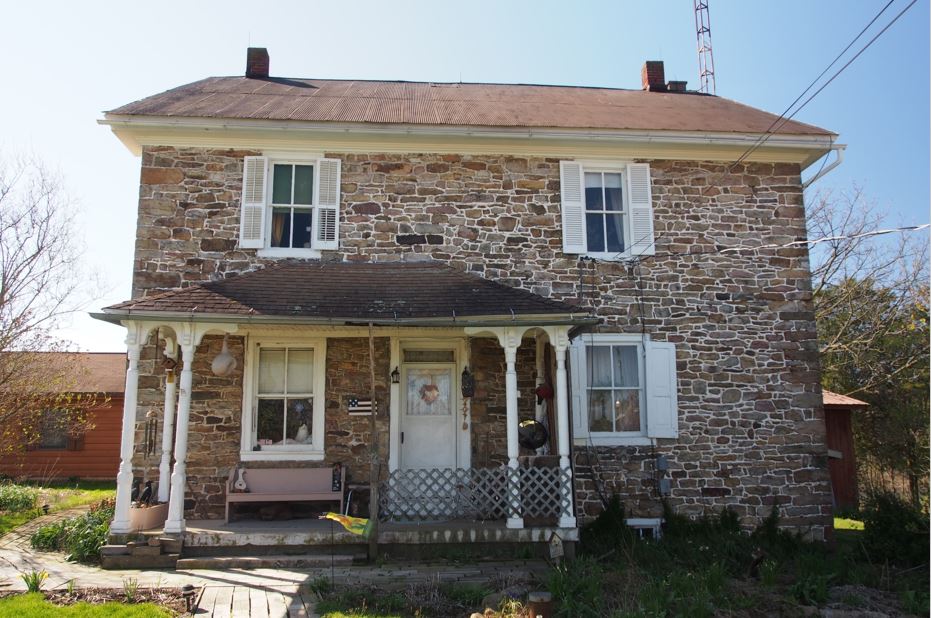
The George Christian and Anna Catherine Spangler Farm in Union County was listed in August 2016.
You can check out the videos through the above links or visit PHMC’s YouTube channel.
Do we make a difference?
Yes. I think our time in Washington networking with other SHPOs and meeting with our federal representatives do make a difference. Congressional staffers hear from people in their districts regularly and it’s important for them to consider us a resource for them and their constituents when preservation issues arise.
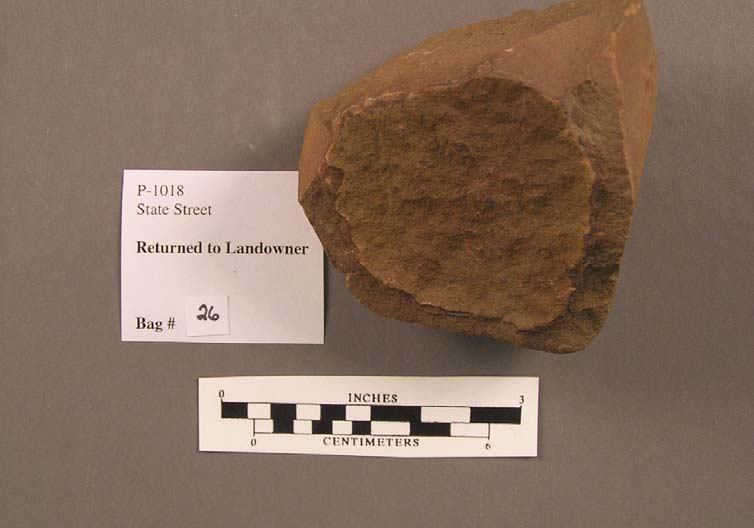
The Pennsylvania Archaeological Data Synthesis: The Beaver Creek Watershed B is a mouthful of words, to say the least.
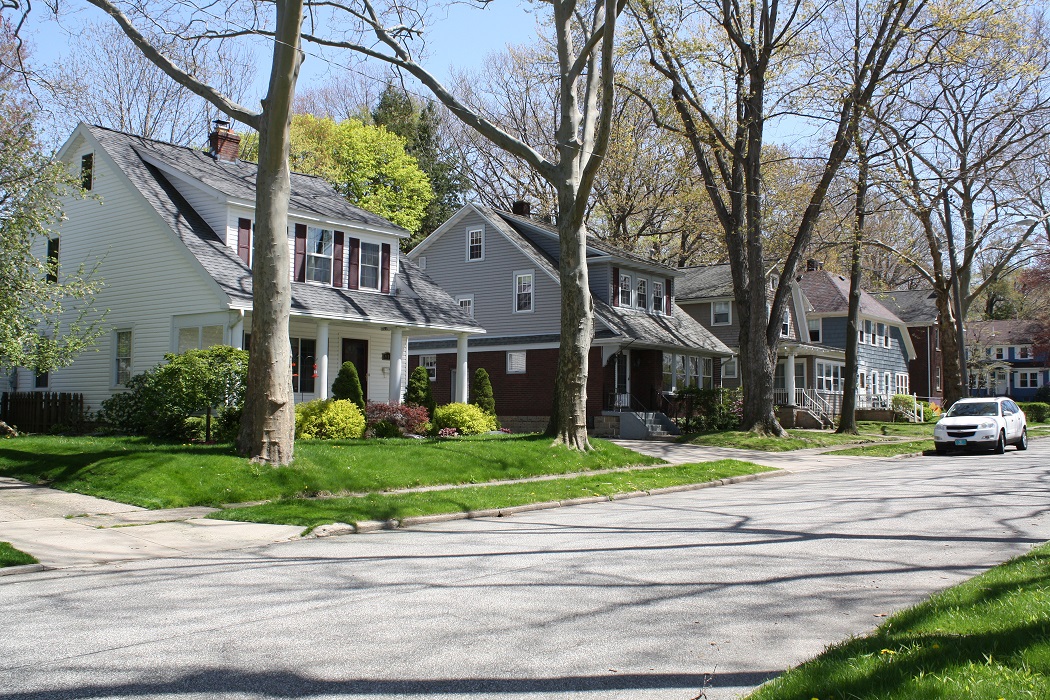
If this were the game show Jeopardy!, the question would be “What grant, administered by PHMC, was the “key” to celebrating the history and significance of Pennsylvania’s Lawrence Park?” Continue reading
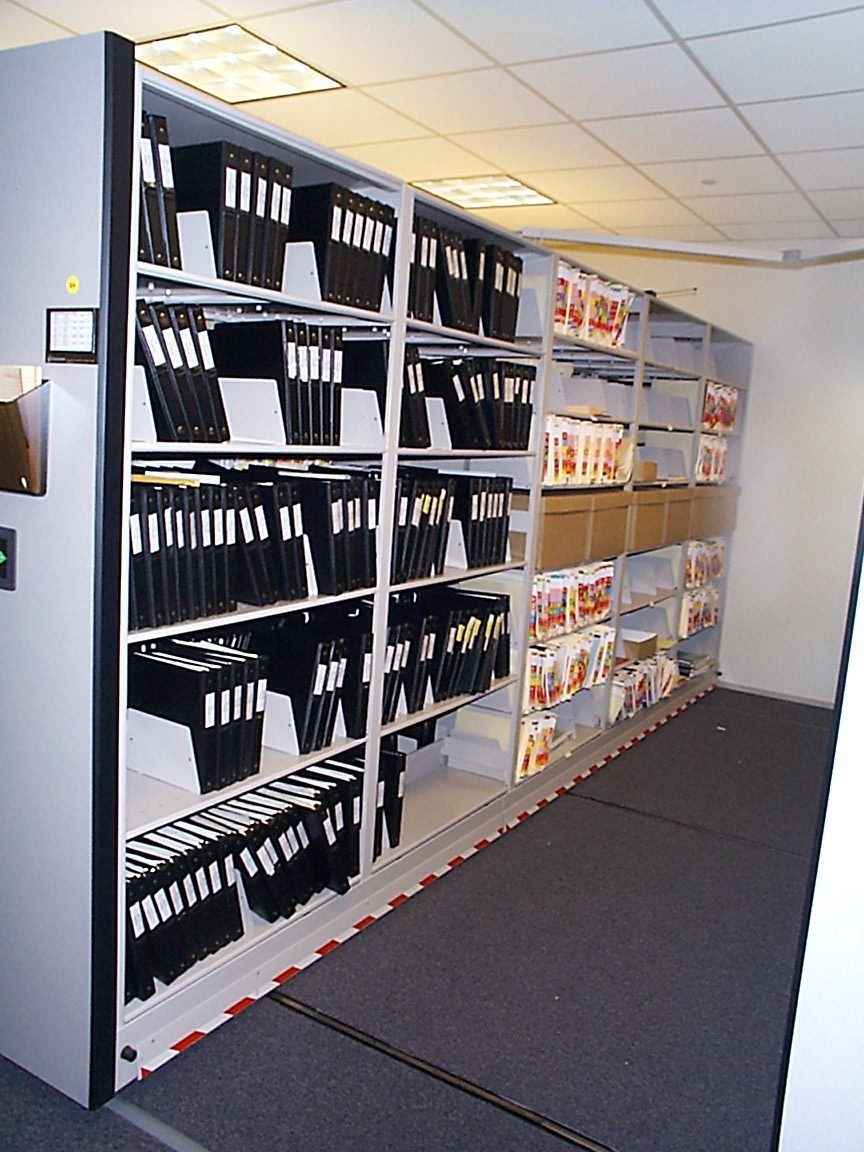
Over its 50 years of operation, the PA State Historic Preservation Office (PA SHPO) has produced and received a large and varied quantity of archival materials.
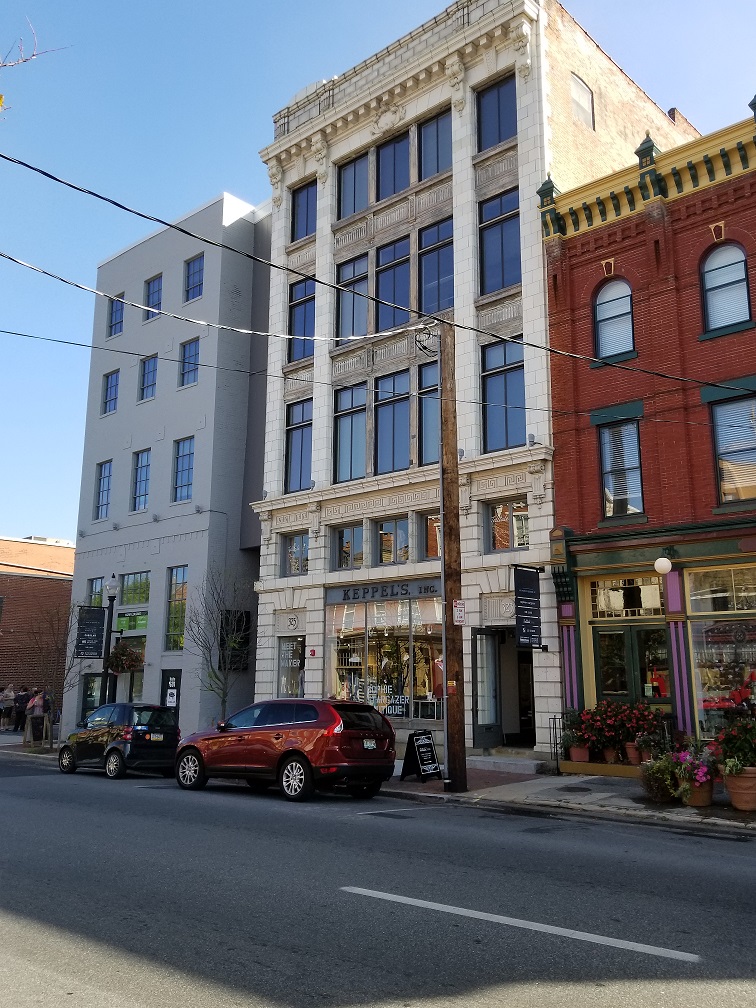
This ride wasn’t nearly as fun as a real roller coaster ride, but the fight to keep the historic tax credit alive felt like one with all the ups, downs, twists, and turns. Continue reading
Each year, the statewide nonprofit Preservation Pennsylvania puts out a call for nominations to its Pennsylvania At Risk list, made up of sites determined to be among the commonwealth’s most endangered historic resources. In 2018, four remarkable places that are part of Pennsylvania’s history were added to the list and will become Preservation Pennsylvania’s work priorities for the year. Continue reading
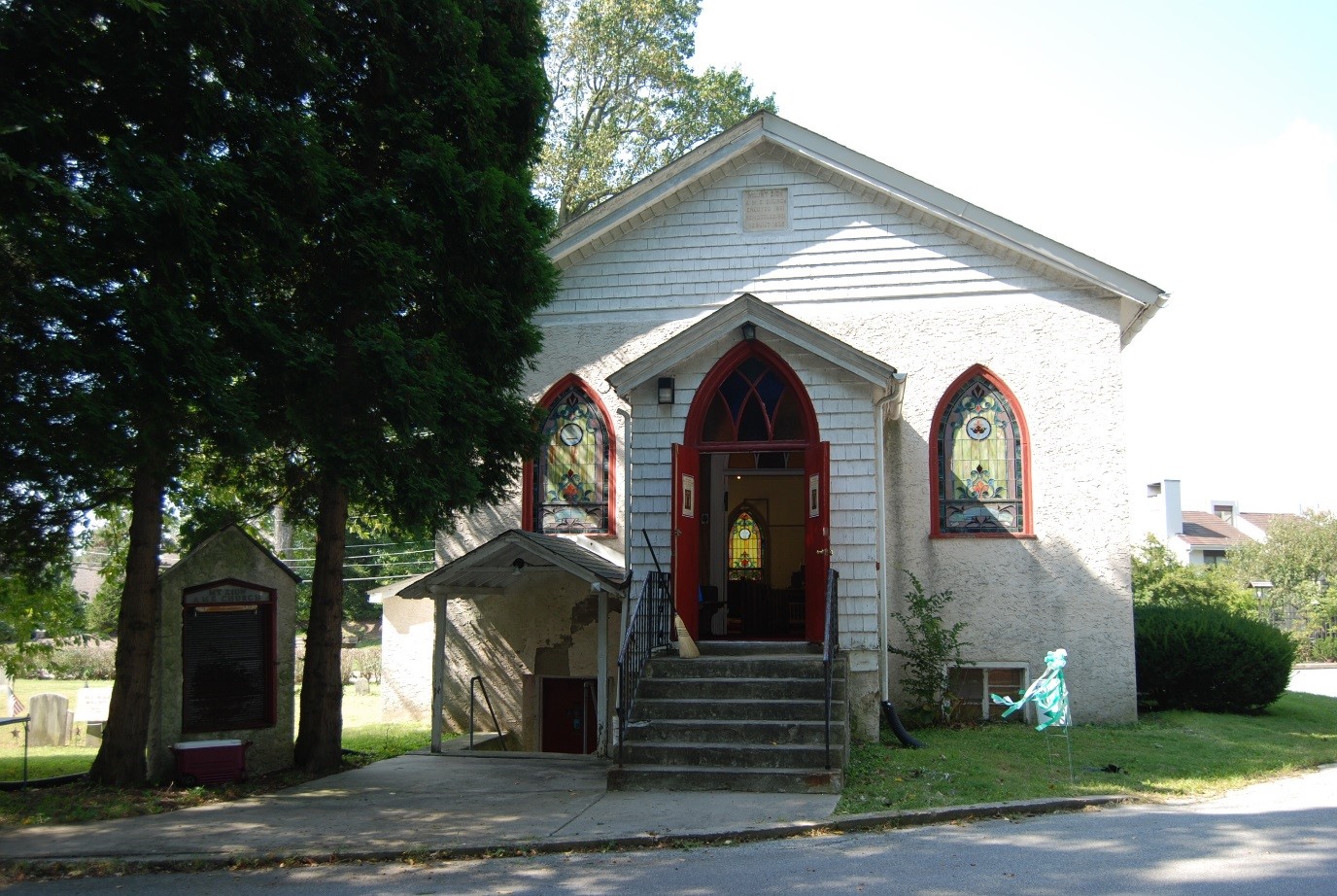
February is national African American history month. All over the country, communities are discovering, celebrating, and acknowledging the places that tell the stories of African American history and experience. This is the perfect time for us to talk about one of our newest initiatives to study African American history in Pennsylvania. Continue reading
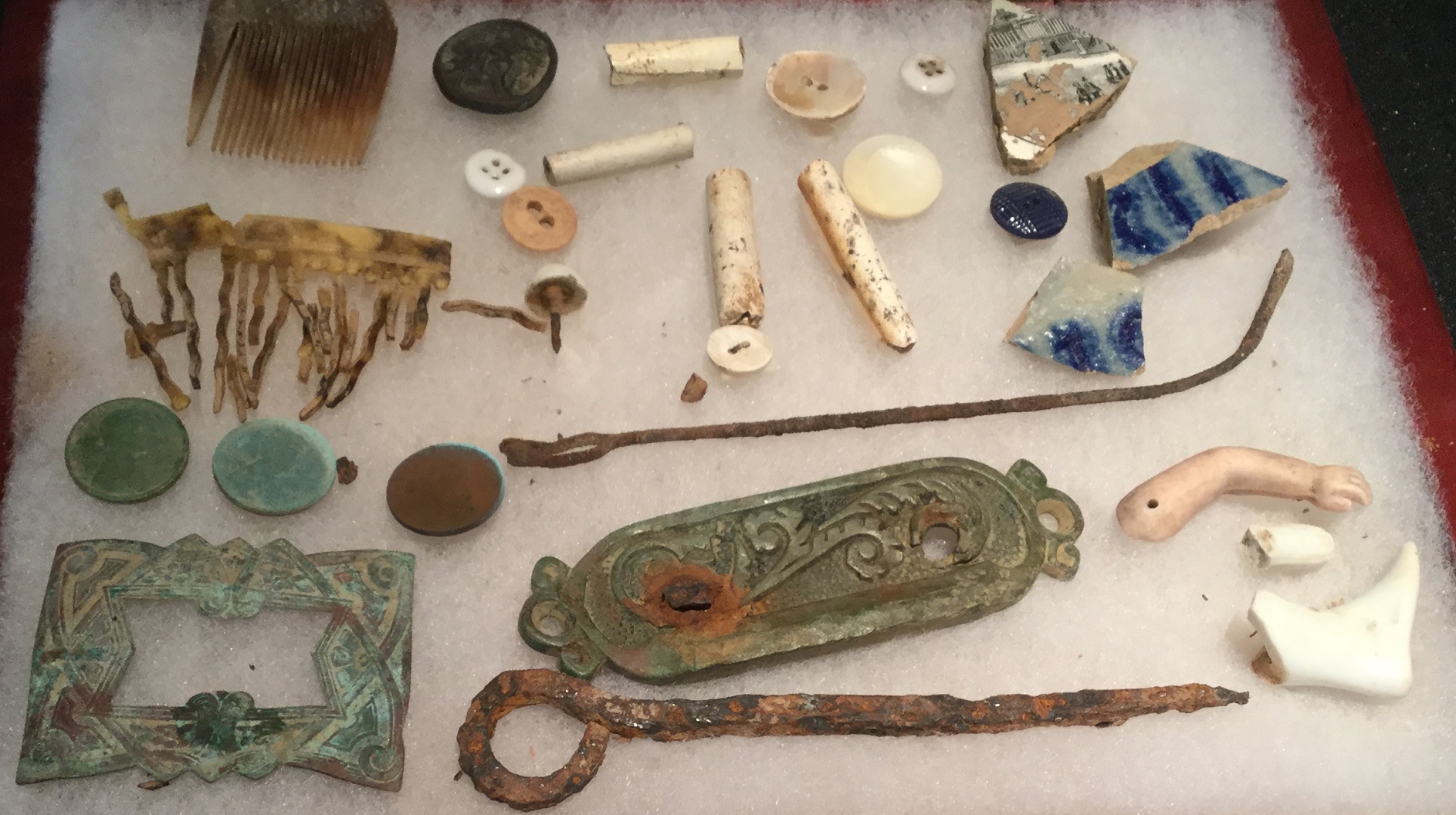
Archaeology can be pretty slow in the winter, but like you, we’re gearing up for the spring field season! We thought we’d PASS some time updating a few things. Continue reading
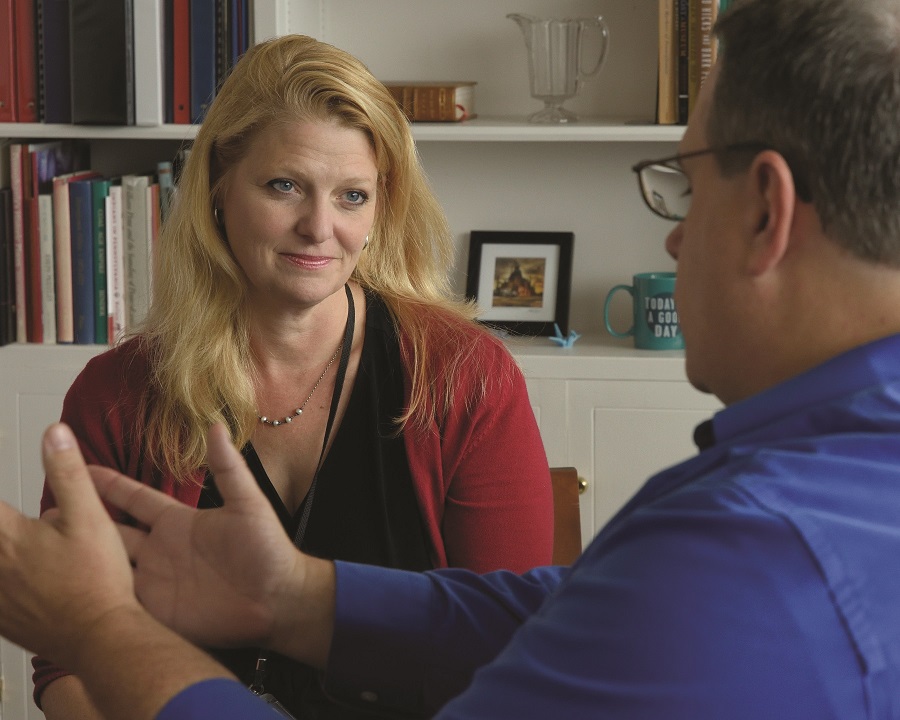
If you’ve been reading our blog with any frequency, you know that we believe that a large part of what makes PHMC great is the people who work here. This interview with PHMC’s Executive Director, Andrea W. Lowery, gives you a chance to get to know her better. Continue reading
© 2025 Pennsylvania Historic Preservation
Theme by Anders Noren — Up ↑
Recent Comments